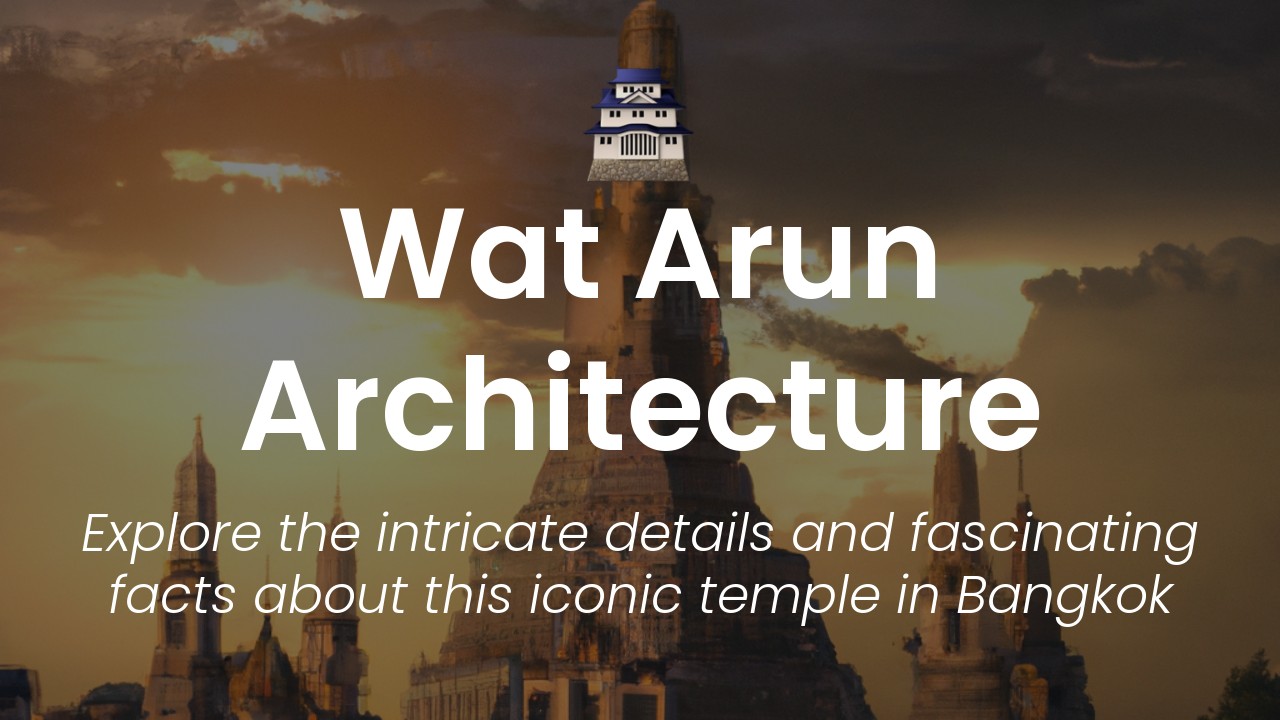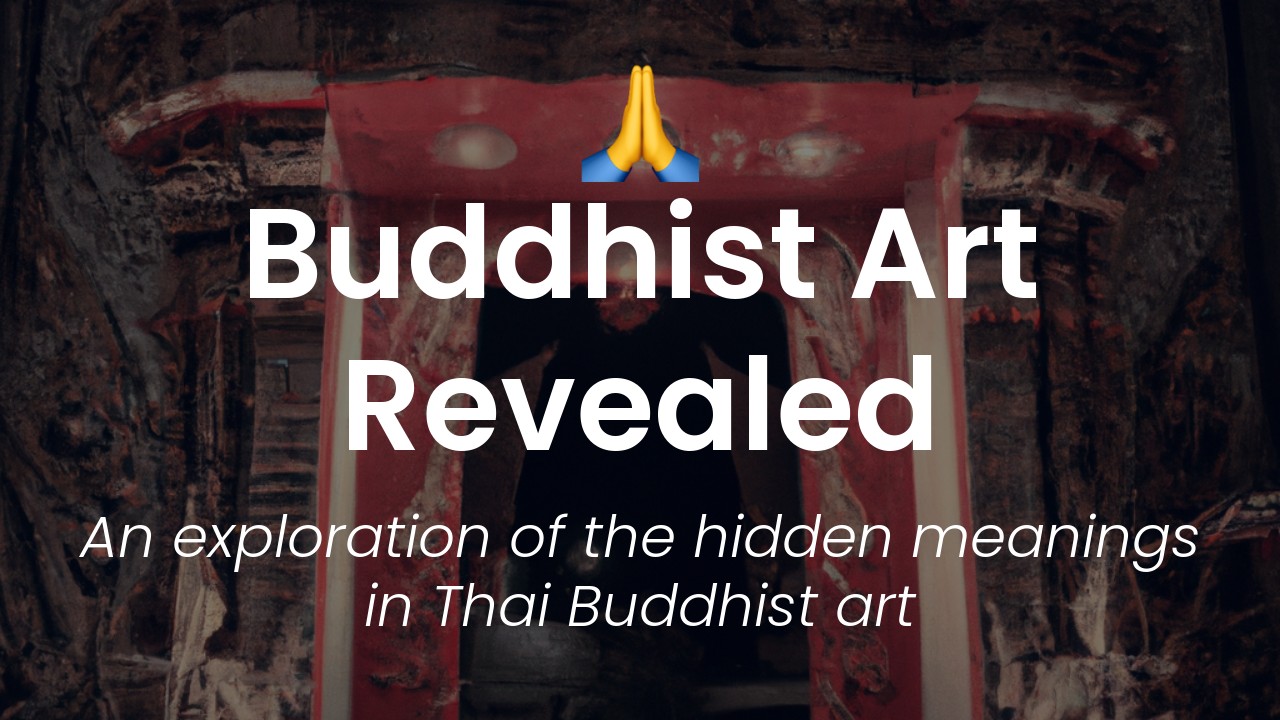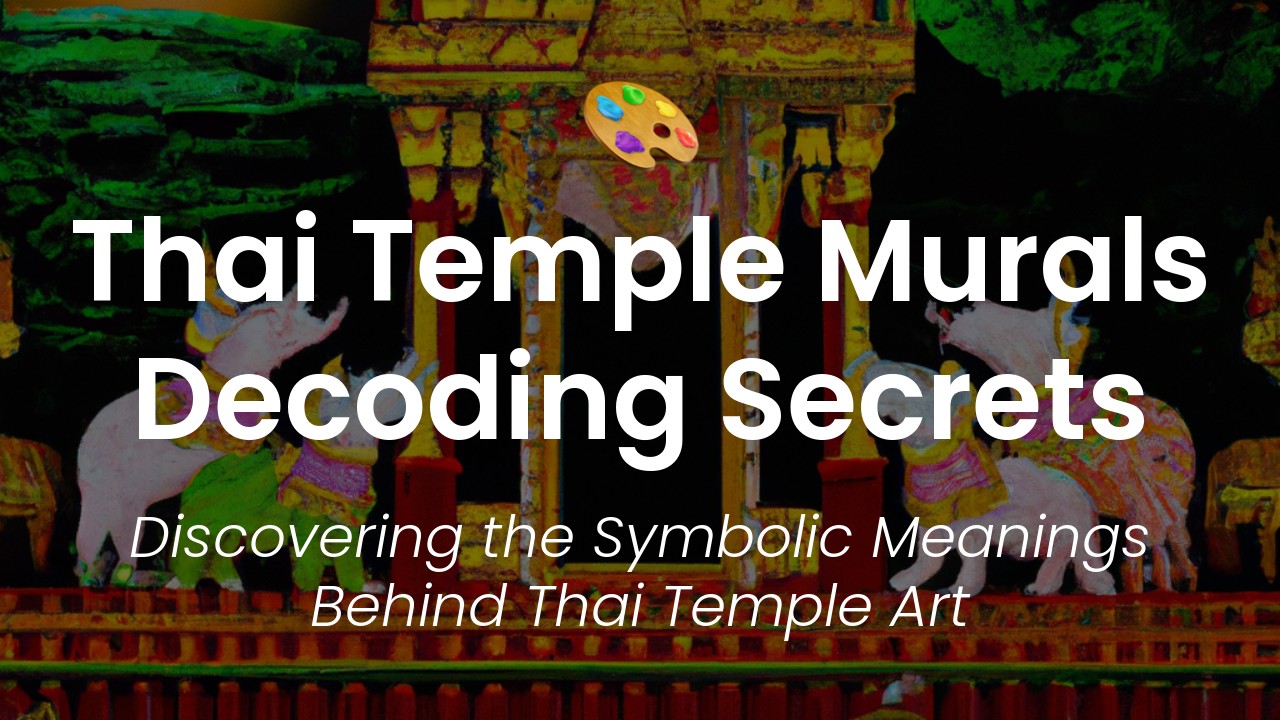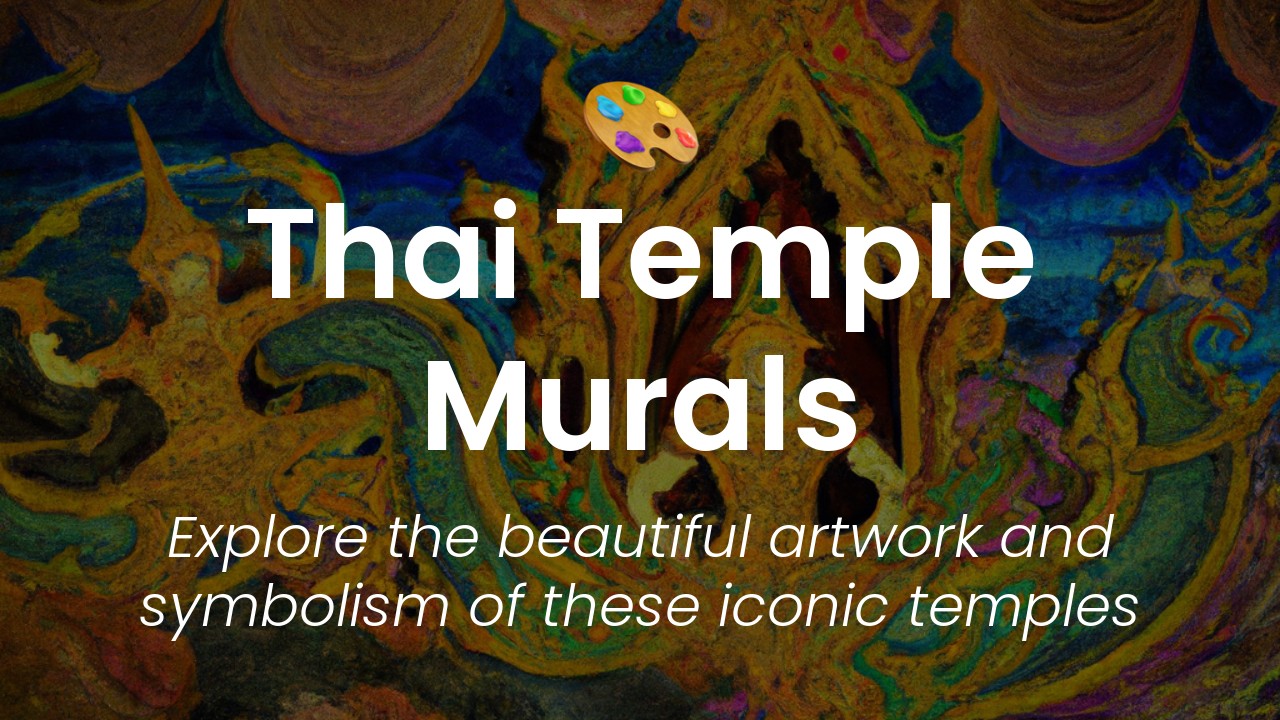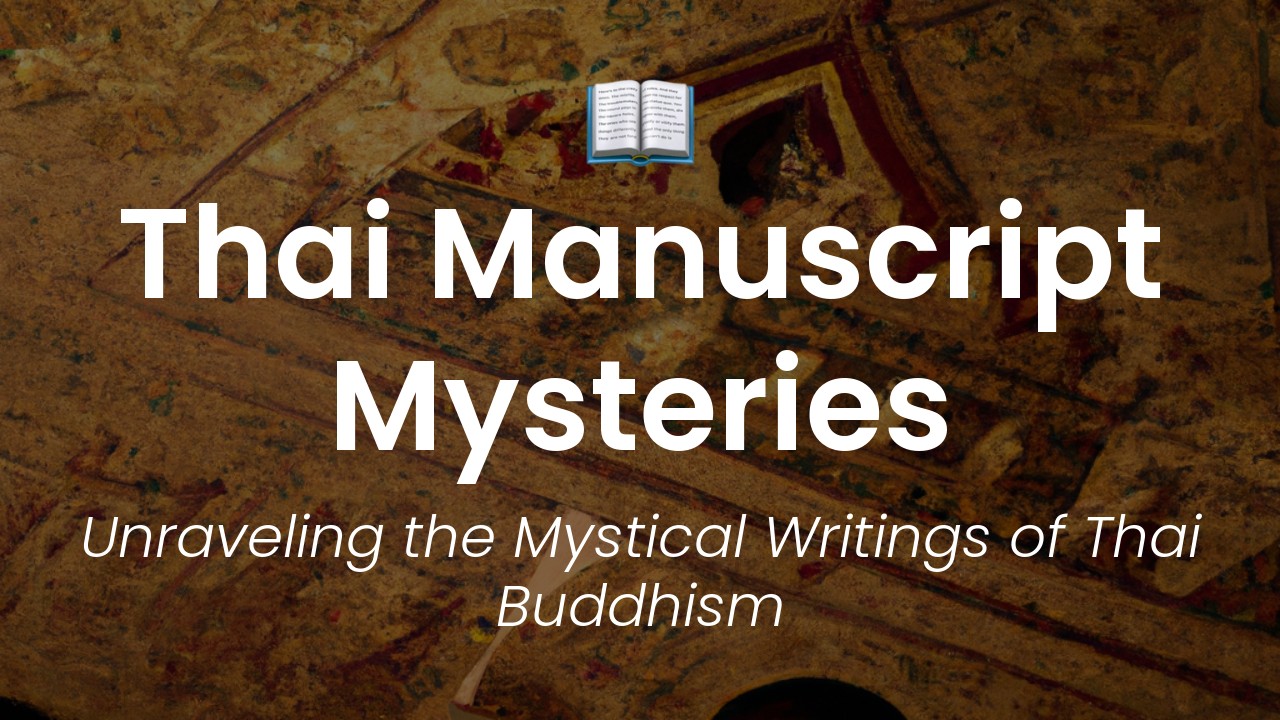As a proud Thai woman, I am always in awe of the magnificent temples that dot the country. The intricate craftsmanship, attention to detail and deep-rooted heritage that stems from every pillar and gargoyle is simply mesmerizing. There is perhaps no better example of this than Wat Arun, or the Temple of Dawn. A true icon of Thai culture and architecture, Wat Arun stands tall on the western banks of the Chao Phraya River, gleaming in the sunlight and drawing in crowds of visitors from all around the world.
But what is it about Wat Arun's architectural design that makes it so remarkable? Why is it that this temple holds such a special place in the hearts of the Thai people? As someone who has always been fascinated by the stories and secrets behind Thailand's temples, I was determined to find out.
In this blog post, I will dive into the stunning secrets behind Wat Arun's architectural design, uncovering the history, symbolism and cultural significance that lie hidden beneath the surface. From the temple's towering spires to its intricate reliefs, every element of Wat Arun's design has a fascinating story to tell, and I cannot wait to share them with you. So join me as we journey through the heart of Thai culture, uncovering the secrets of one of its most treasured landmarks.
Historical Context of Wat Arun
Located on the west bank of the Chao Phraya River, Wat Arun, also known as Temple of Dawn, is one of the most stunning landmarks in Thailand. The temple's architectural design is so intricate and rich in detail, that it attracts tourists and architecture enthusiasts from all over the world. But what are the secrets behind Wat Arun's design that make it so unique and awe-inspiring?
To understand the design of Wat Arun, it is important to know a bit about the temple's history. The temple was built in the early 17th century during the Ayutthaya period. At the time, it wasn't named "Wat Arun," but "Wat Makok." It was King Taksin who named it "Wat Chaeng" when he renovated it in the late 18th century. However, when Rama II succeeded the throne, he renamed it "Wat Arun" to pay tribute to the Indian god of dawn, Arun.
Symbolism in Wat Arun's Design
One of the most striking features of Wat Arun's design is its intricate blend of Khmer and Thai architectural styles. The temple's central prang (Khmer-style tower) stands at 70 meters tall and is surrounded by four smaller prangs. Each prang is decorated with intricate carvings and sculptures that depict various Hindu deities such as Indra, Vishnu, and Shiva.
But why did the architects of Wat Arun choose to incorporate these deities into the temple's design? The answer lies in the fact that the temple's design was heavily influenced by Khmer and Hindu mythology. These deities were not simply decorative elements but also served as symbols of power, strength, and protection.
Influences from Hindu Mythology
The Khmer people were heavily influenced by Indian culture, particularly Hindu mythology. The stories of Hindu gods and goddesses were translated into Khmer, and it is believed that the Khmer adopted much of their architectural style from India. This influence is evident in the design of Wat Arun, particularly in the intricate carvings and sculptures that adorn the prangs.
For example, the central prang features a sculpture of Indra riding on Airavata, the three-headed elephant. In Hindu mythology, Indra is the god of lightning and thunder, and Airavata is his mount. The sculptures of Vishnu and Shiva are also depicted in various poses and activities, such as Vishnu reclining on the snake god Ananta and Shiva in a dancing pose.
Color and Material Choices
Another unique aspect of Wat Arun's design is the use of color and materials. The temple's exterior is covered in colorful pieces of Chinese porcelain and seashells, arranged in intricate patterns that create a shimmering effect in the sunlight. These pieces were used as ballast by Chinese ships that sailed to Thailand to trade.
The interior of the prangs is made of natural materials such as brick, stucco, and mortar. The bricks used in the construction of the prangs come from Ayutthaya, which were repurposed from the city's ruins. These materials were chosen not only for their durability but also as a symbol of strength and resilience.
Importance of Proportions
One of the most impressive aspects of Wat Arun's design is the use of proportions. The height of the central prang is precisely calculated to maintain balance and harmony with the smaller prangs. The ratio of the height to the circumference of the prangs adheres to the golden ratio, which is believed to be the most aesthetically pleasing proportion.
The architects also paid attention to the angles of the prangs, which are designed to create a sense of movement and flow. The curves and angles of the prangs are carefully calculated to create an illusion that the tower is reaching towards the sky.
Significance of Tower's Height
The height of the central prang is also significant in terms of Thai Buddhism. It is believed that the higher the structure, the closer it is to the heaven and the gods. The central prang of Wat Arun is, therefore, not a symbol of ego or pride but rather a symbol of spiritual and religious devotion.
Maintenance Challenges of the Iconic Temple
Maintaining an iconic temple like Wat Arun is a massive challenge. The temple has undergone numerous renovations over the years, with the most recent one taking place in 2017. The restoration of the temple cost 180 million baht and took three years to complete.
During the restoration, the architects and engineers faced several challenges, such as finding the right materials and techniques to restore the intricate carvings and sculptures. They also had to take into account the effects of pollution and weathering on the porcelain and seashell exterior.
In conclusion, the stunning design of Wat Arun is a testament to the skill, expertise, and dedication of the architects who designed it. Every element of the temple's design, from the materials used to the proportions and symbolism, has been carefully thought out to create a masterpiece that reflects Thailand's rich cultural heritage and religious traditions.

